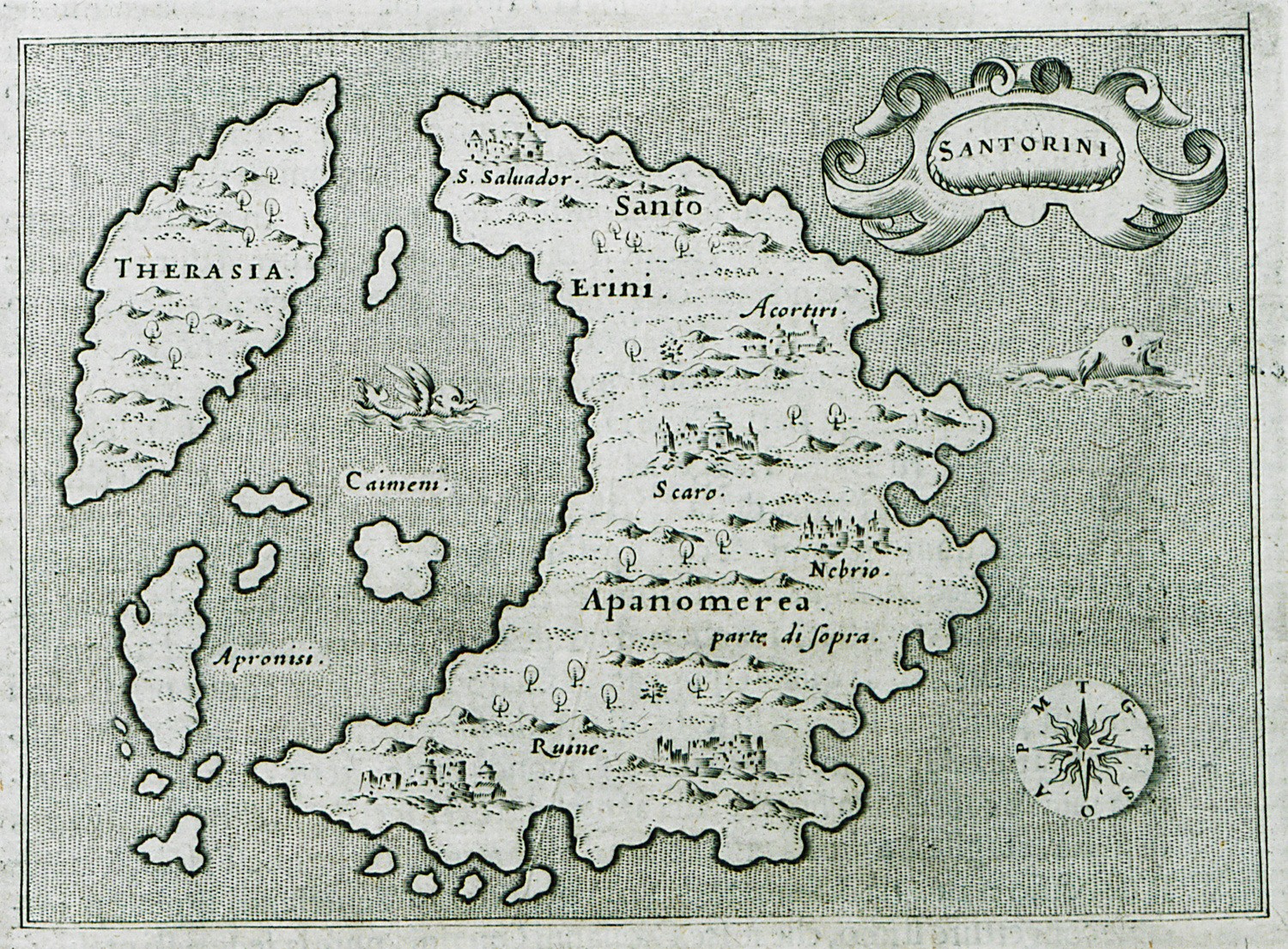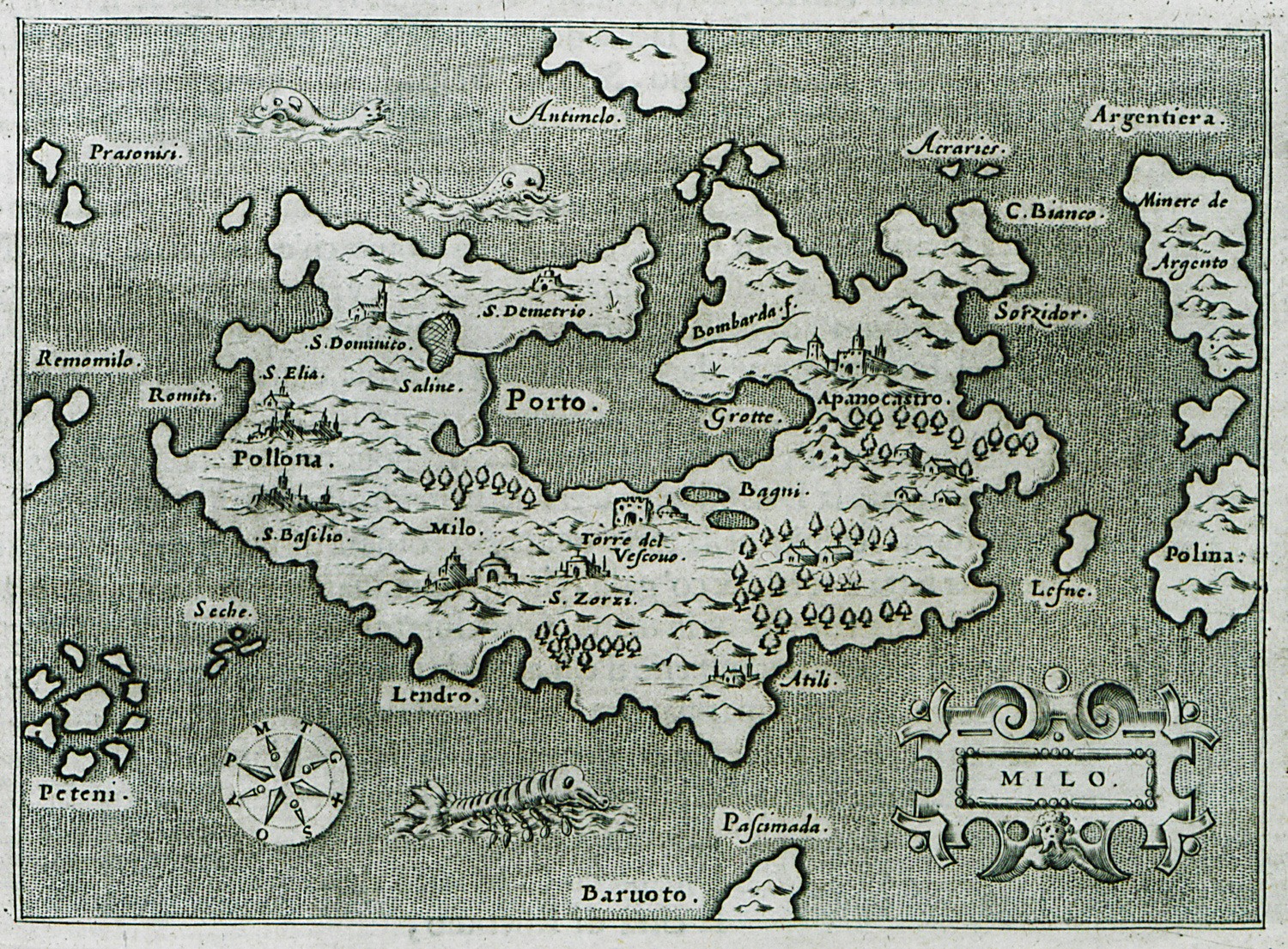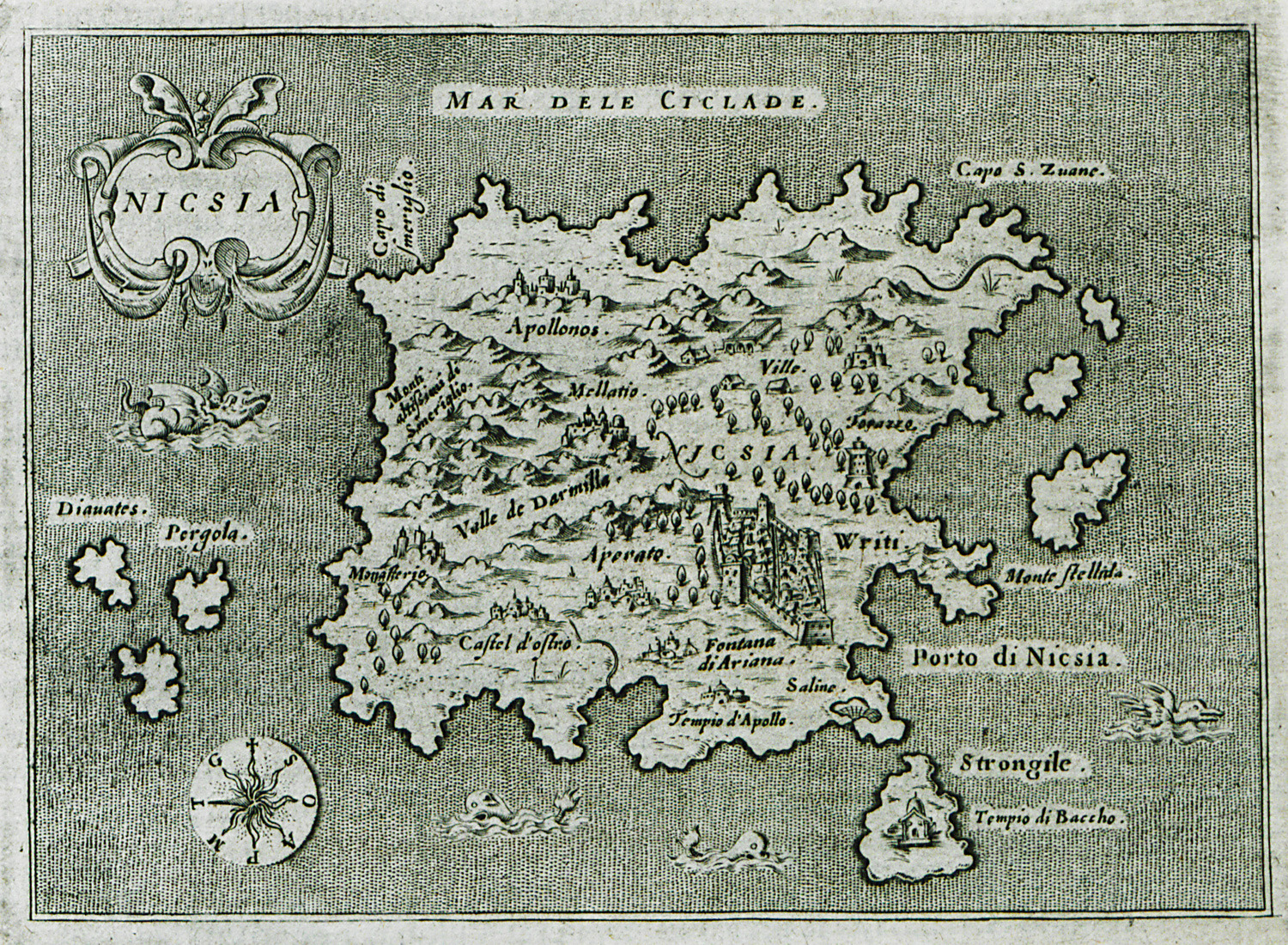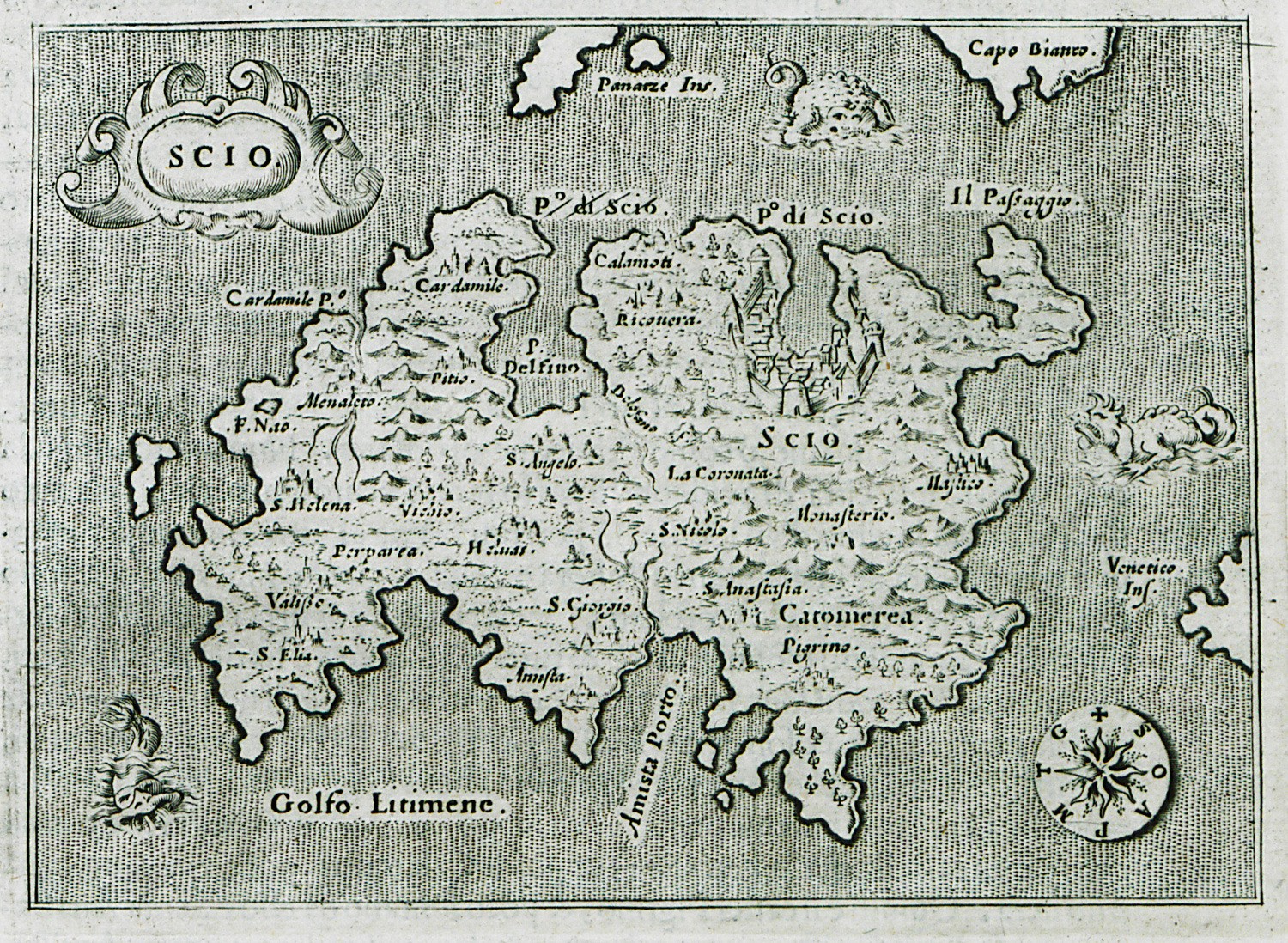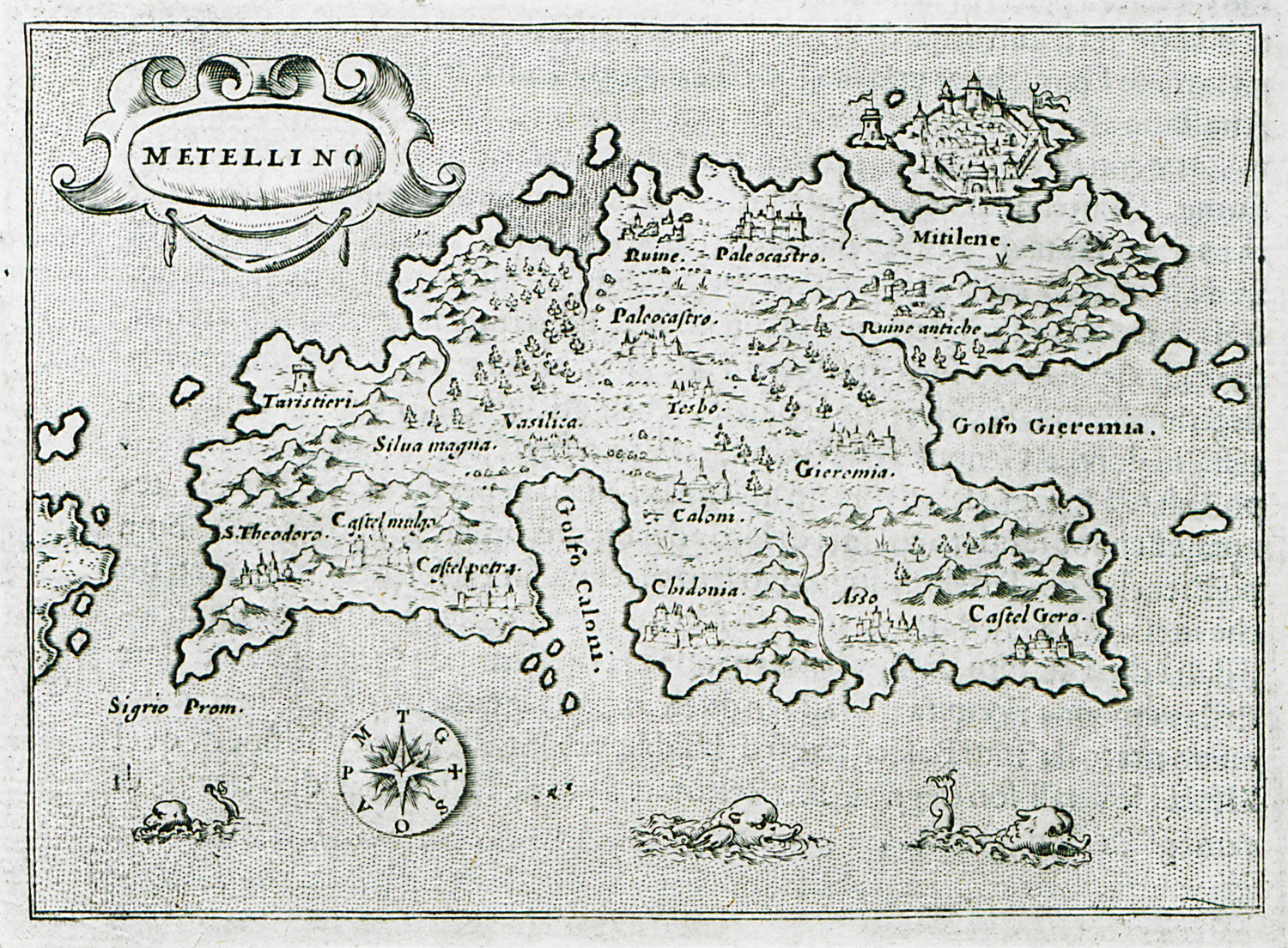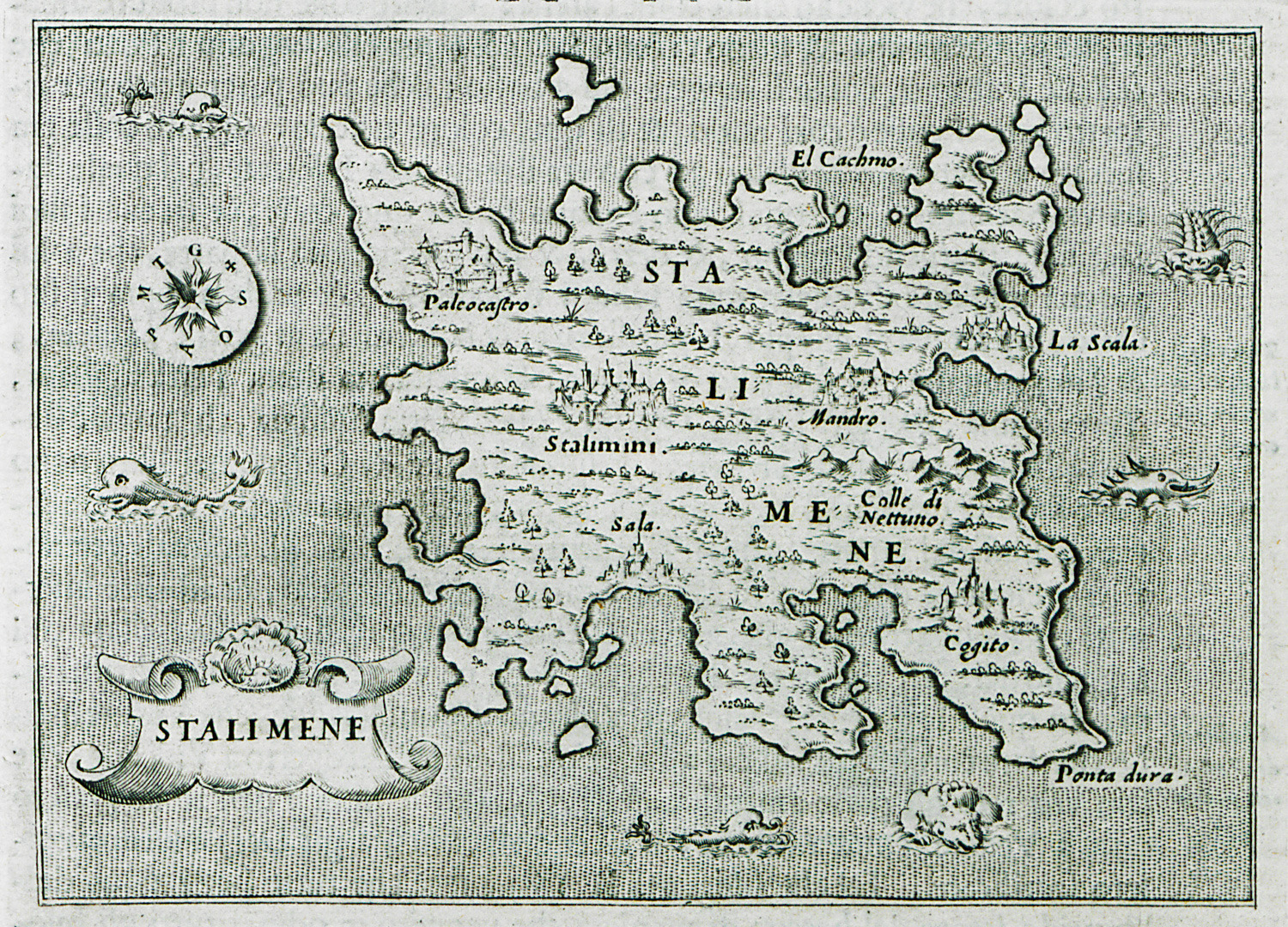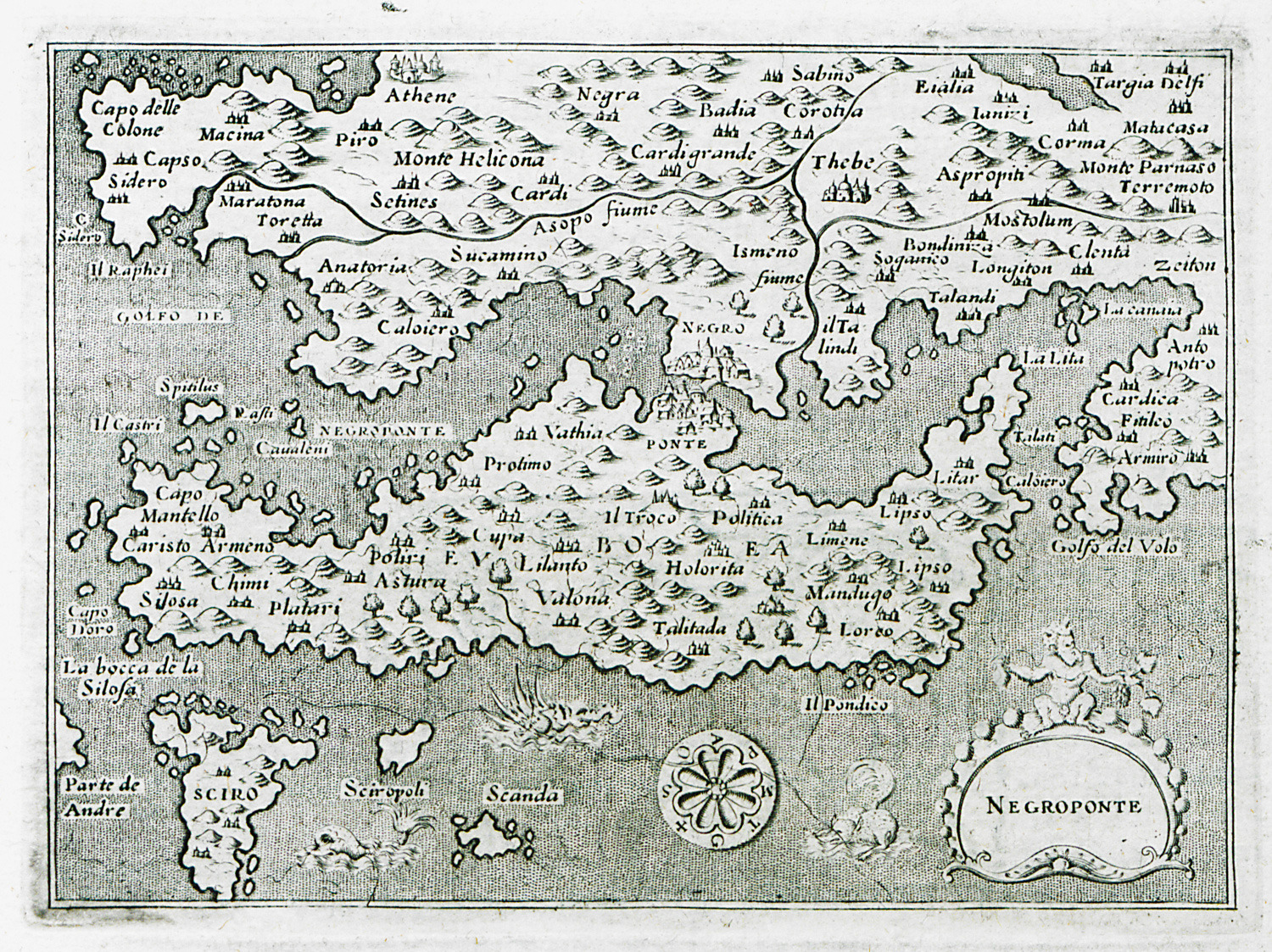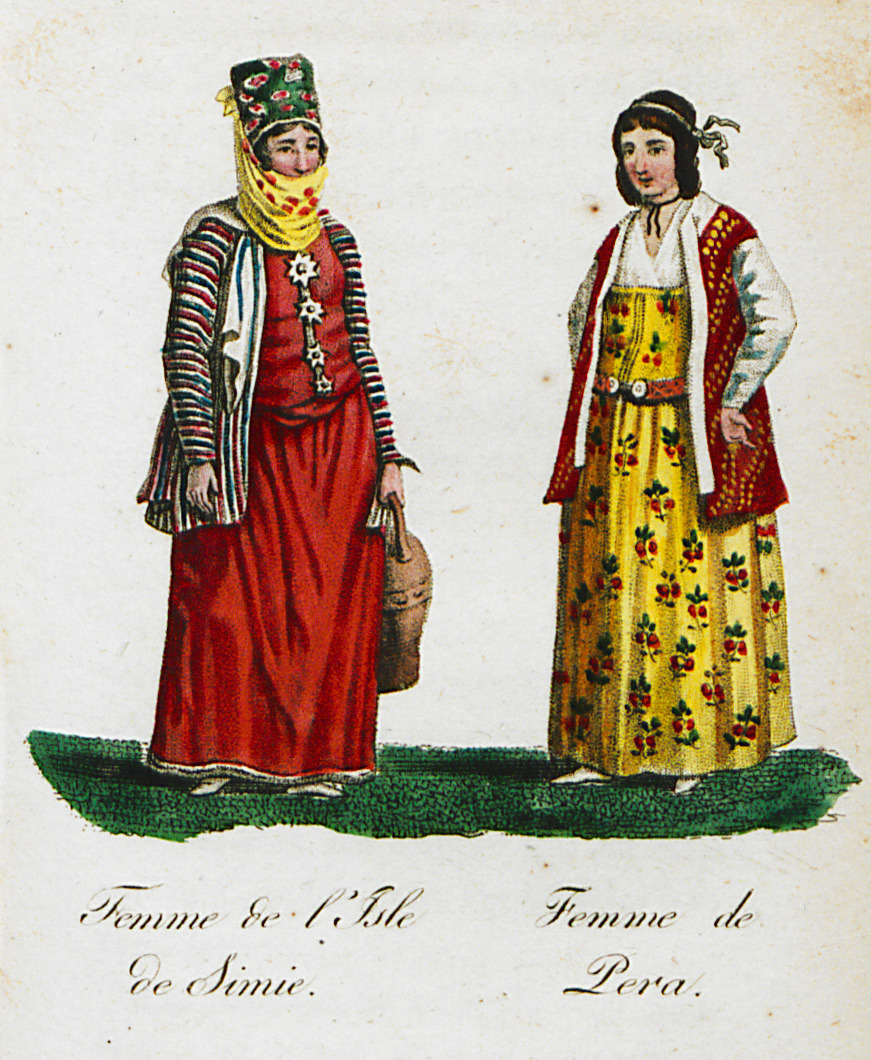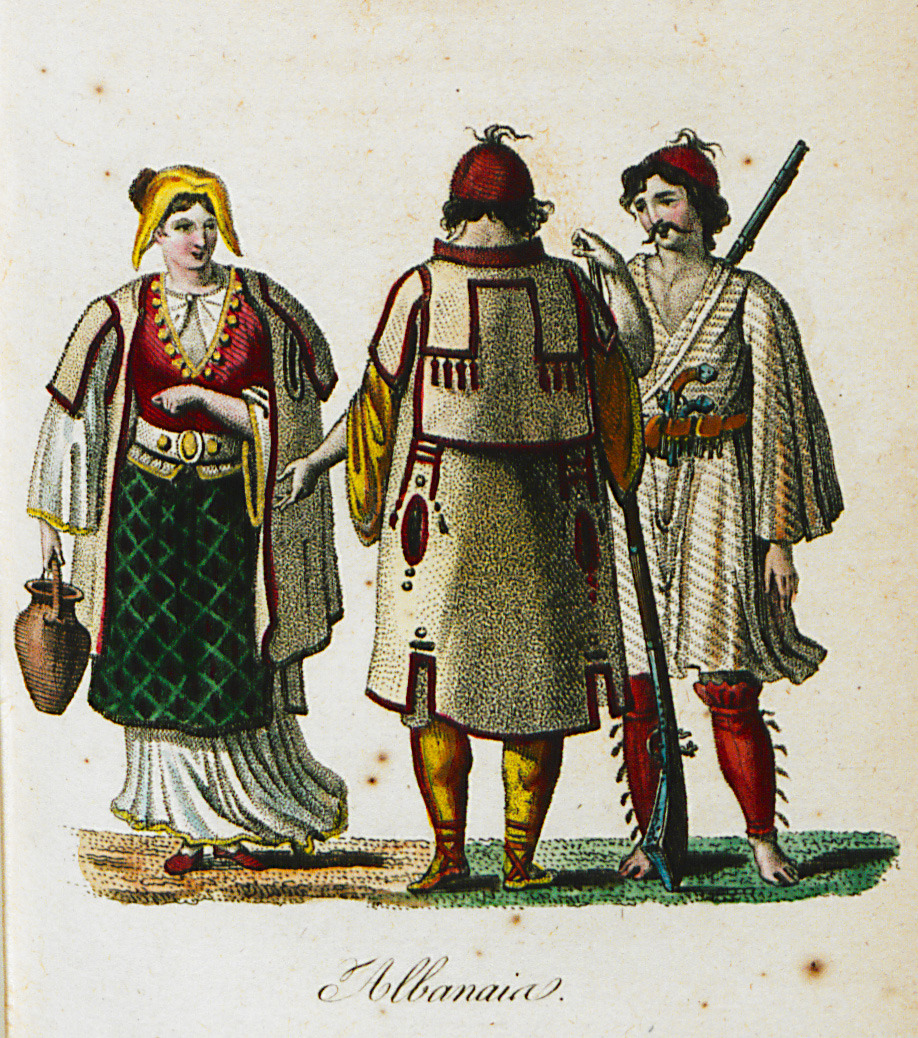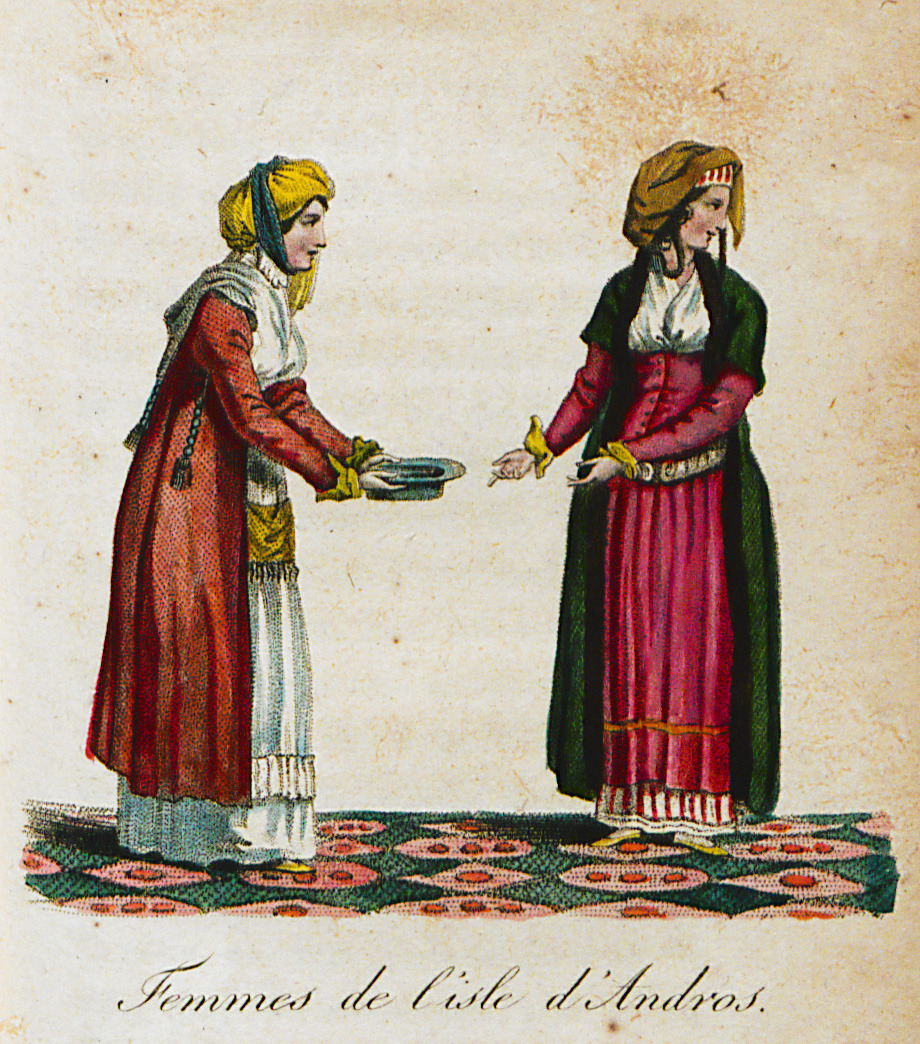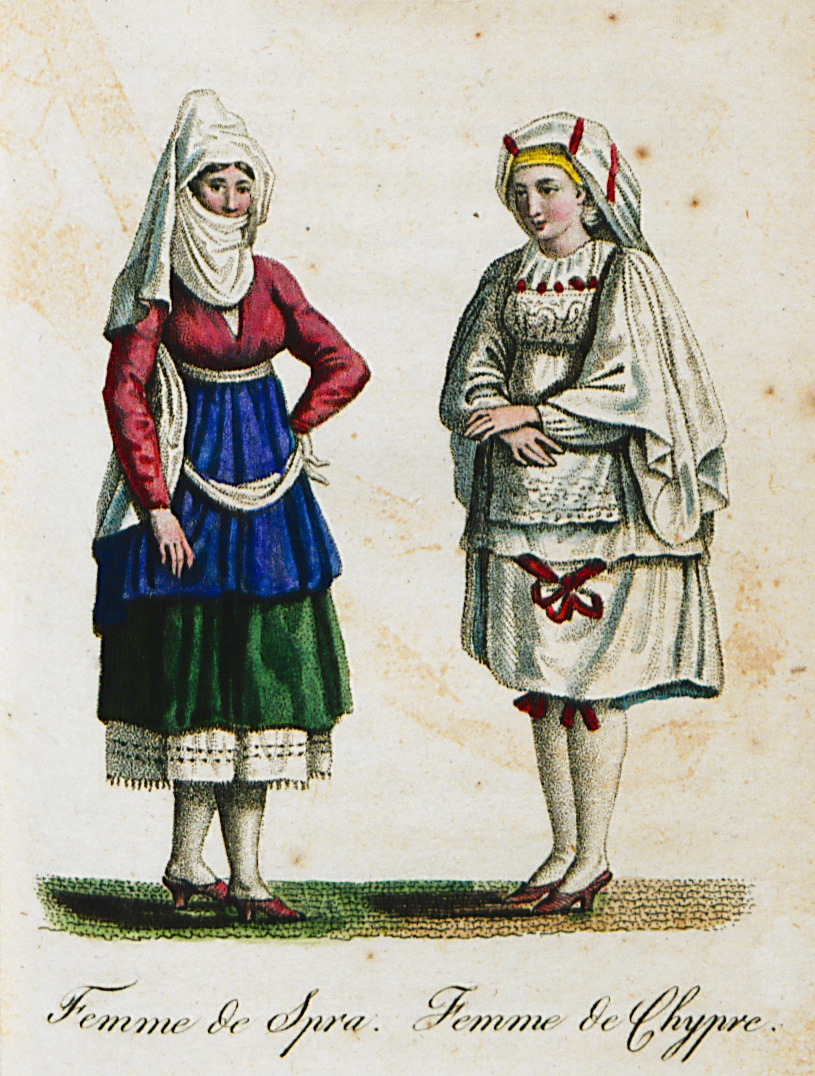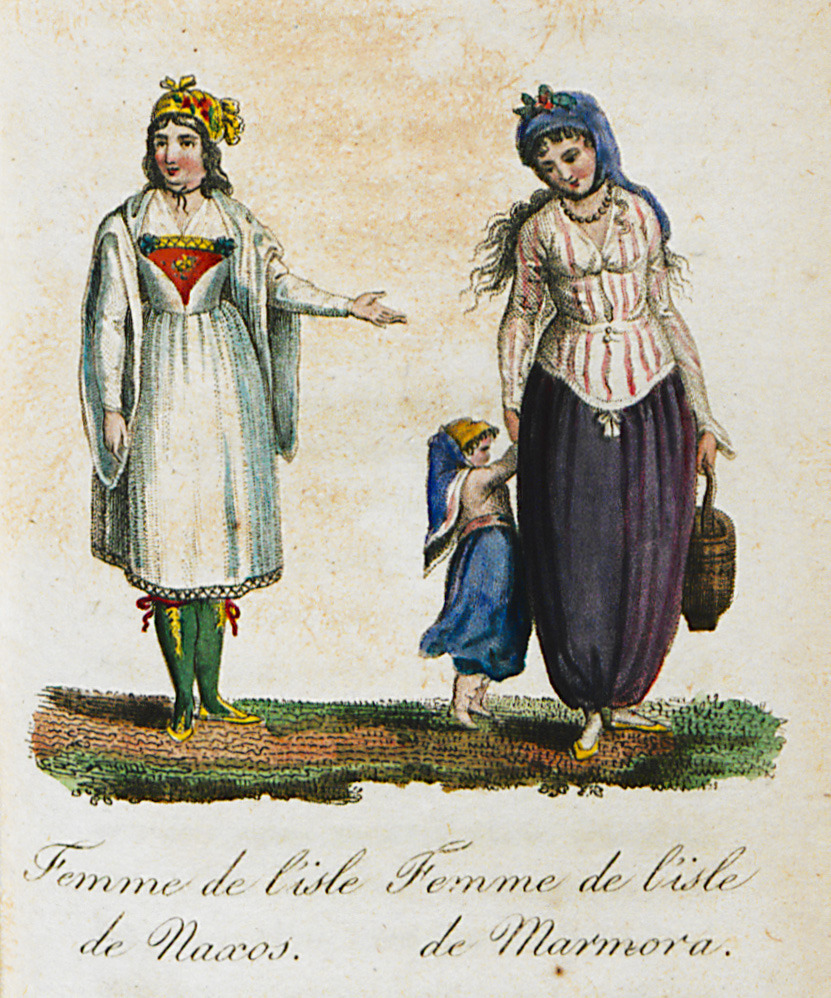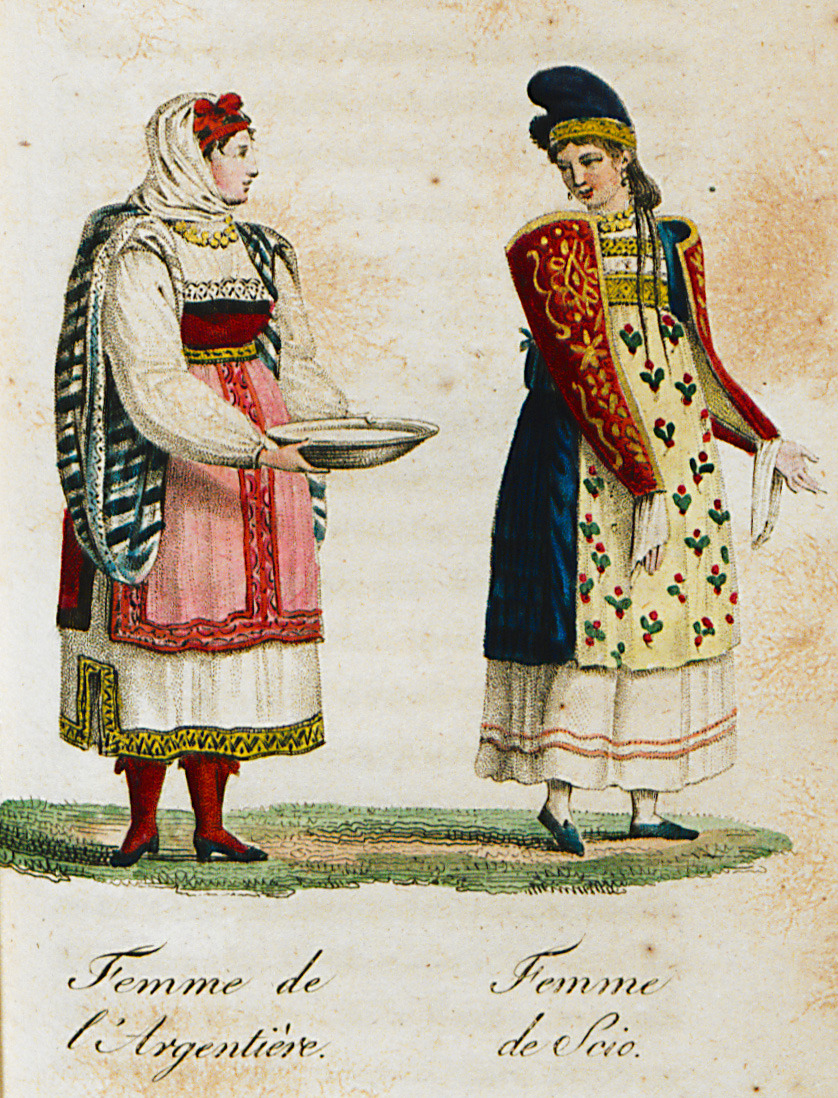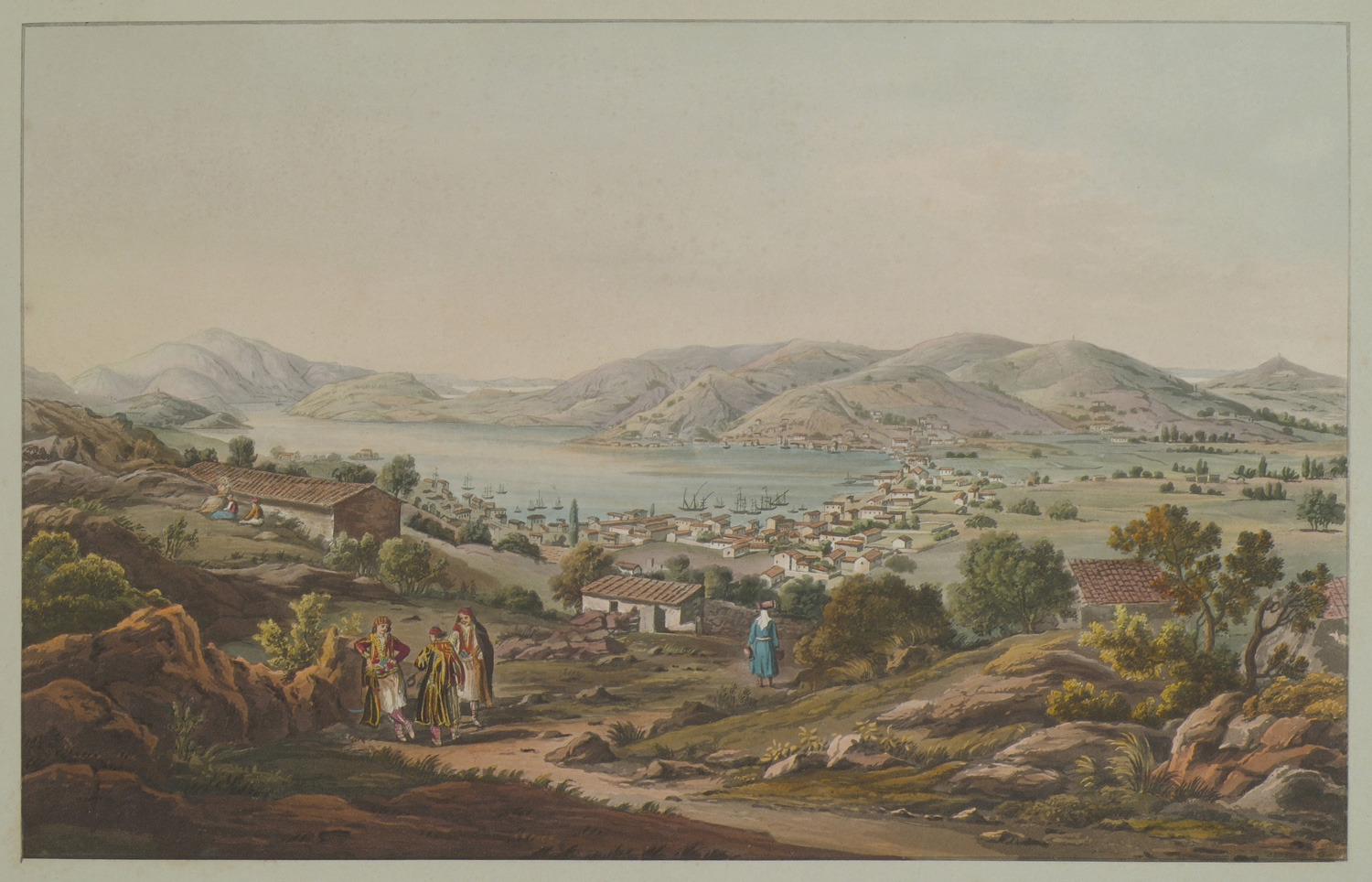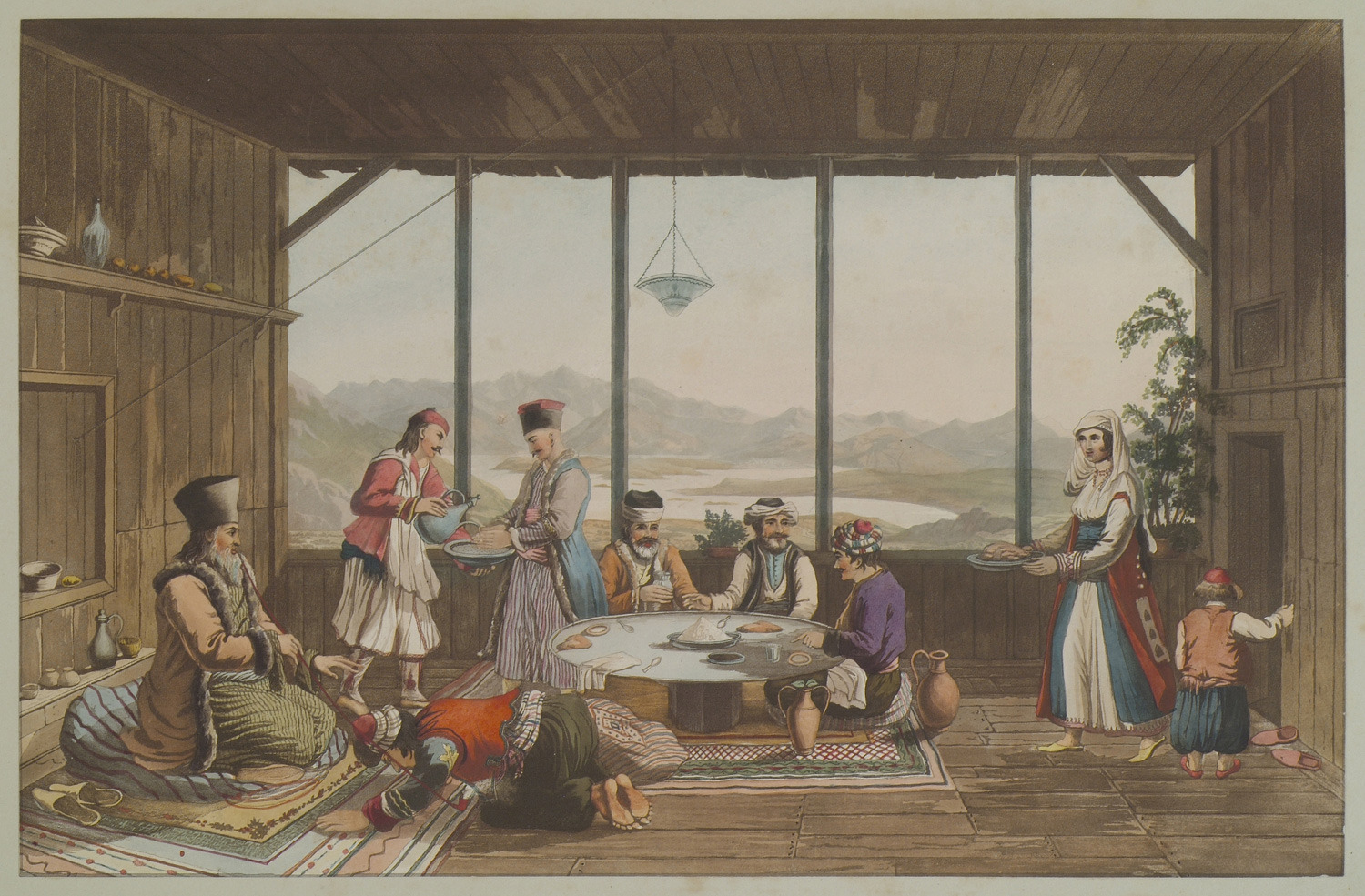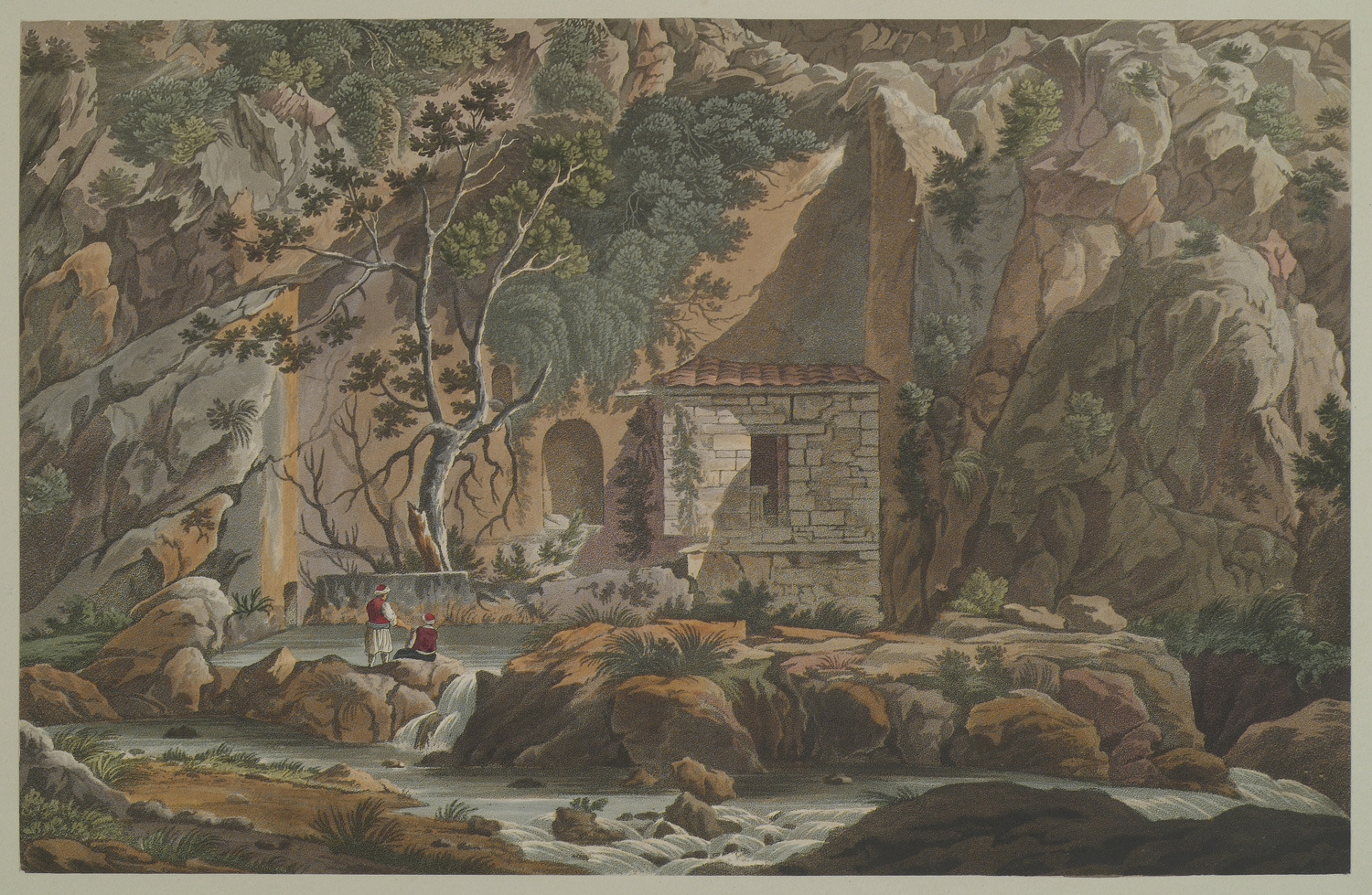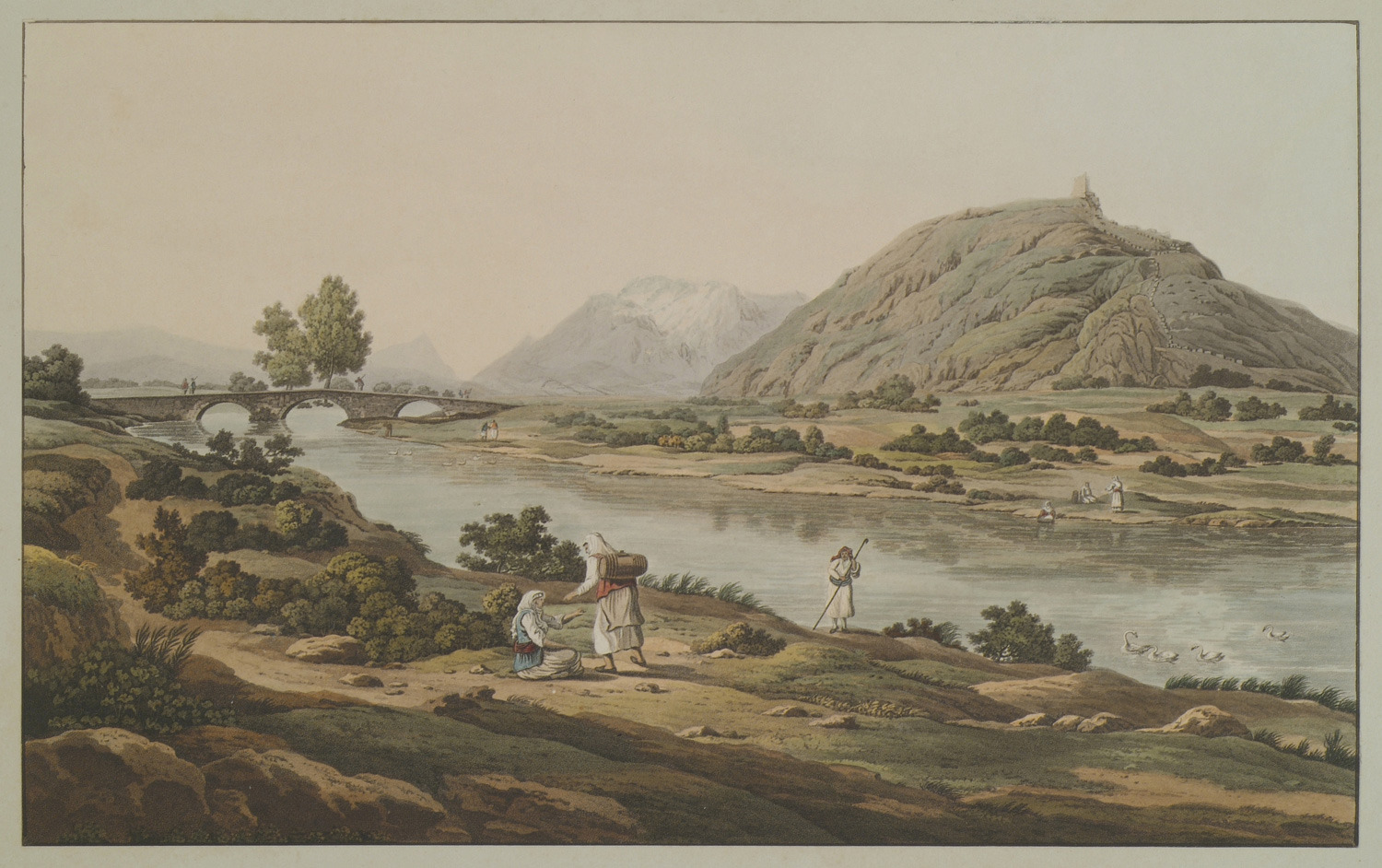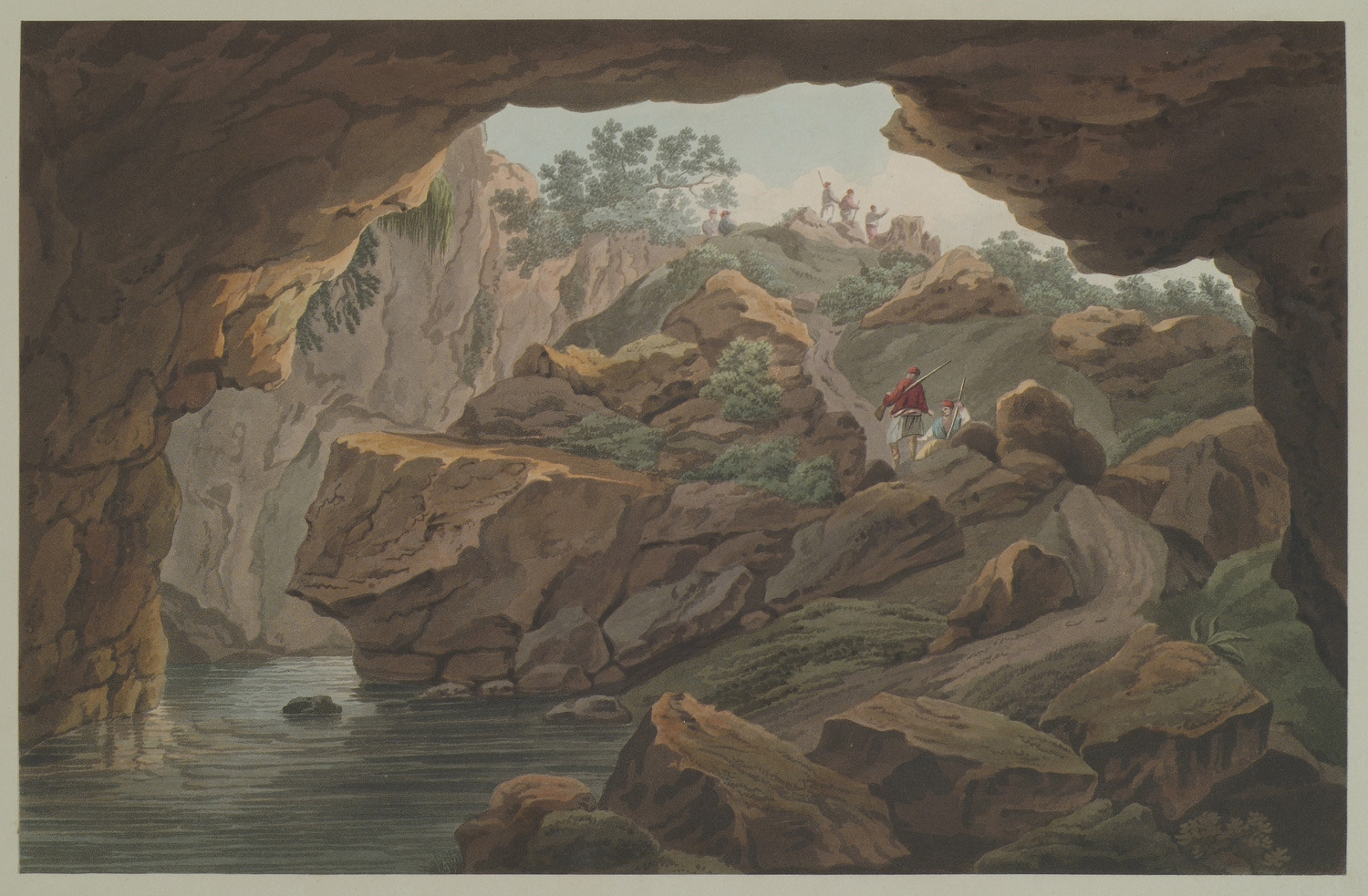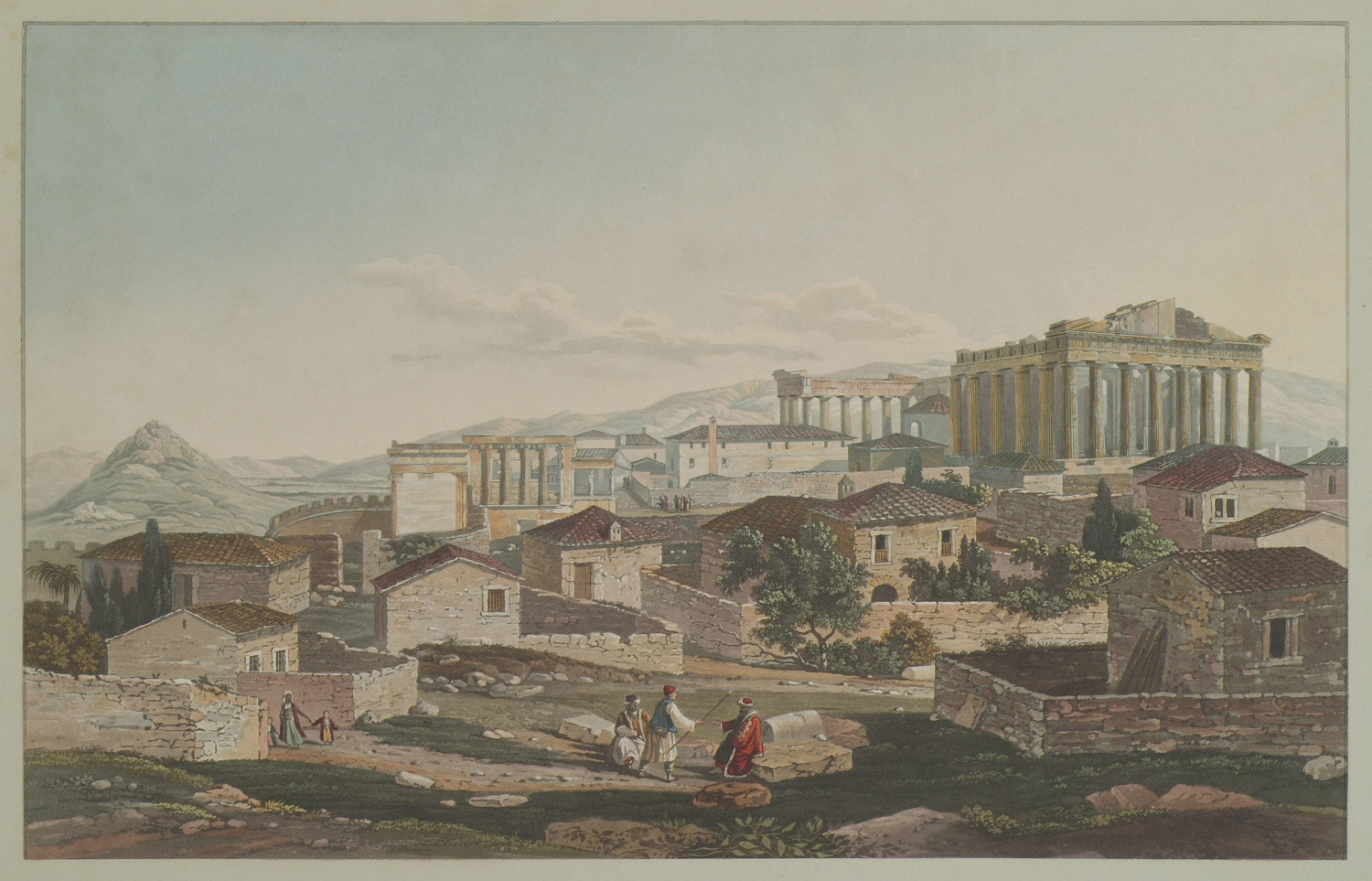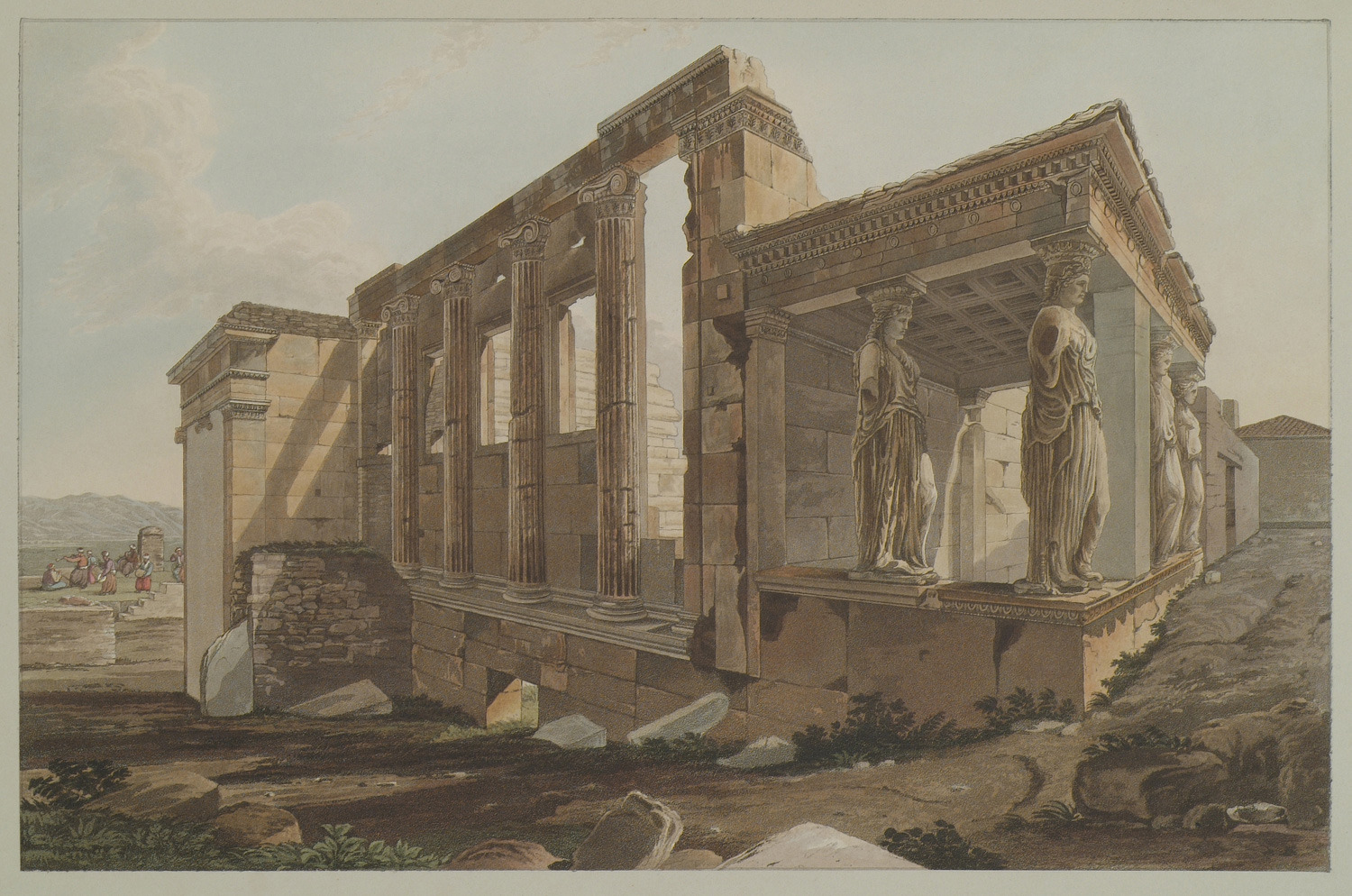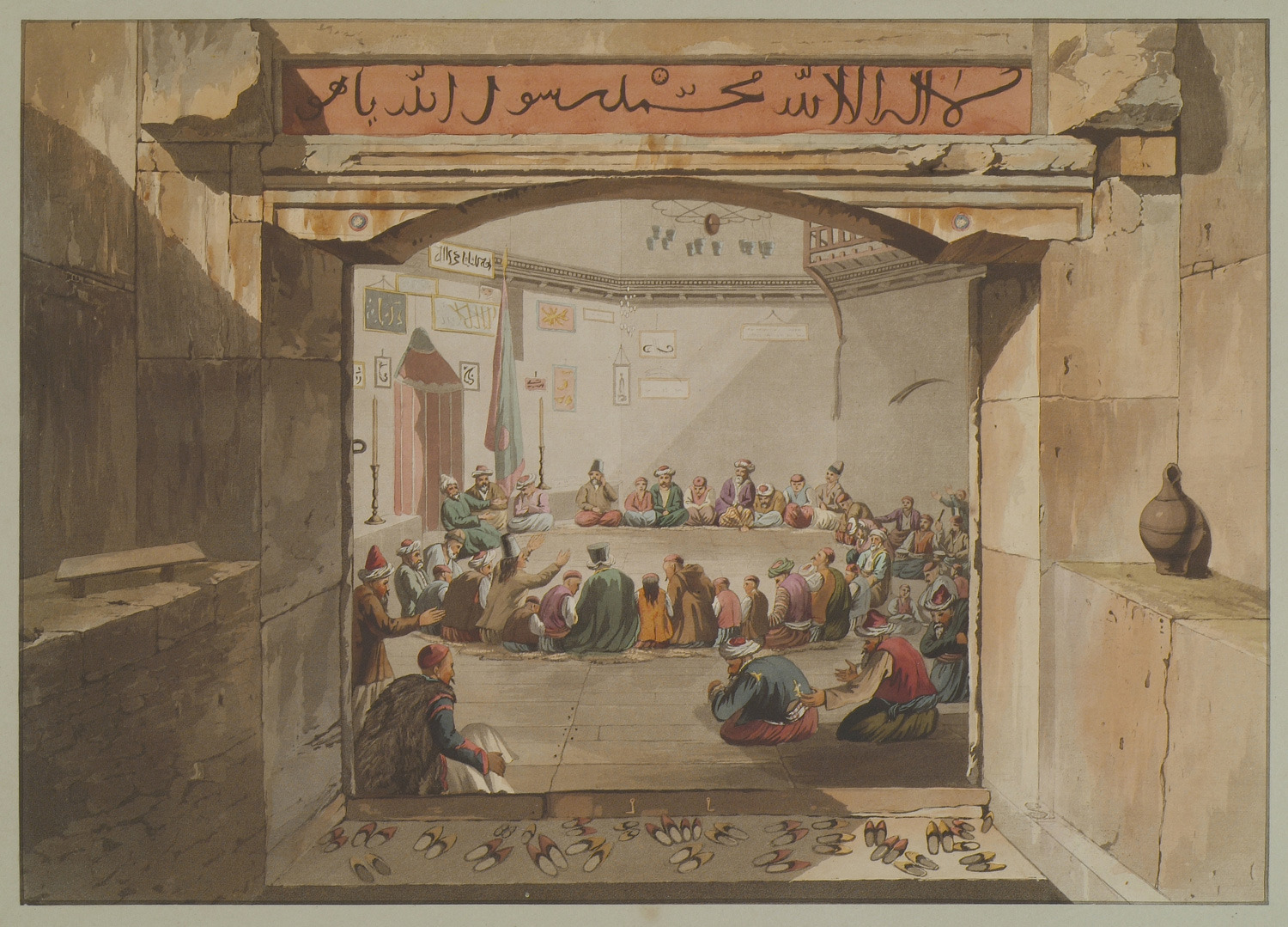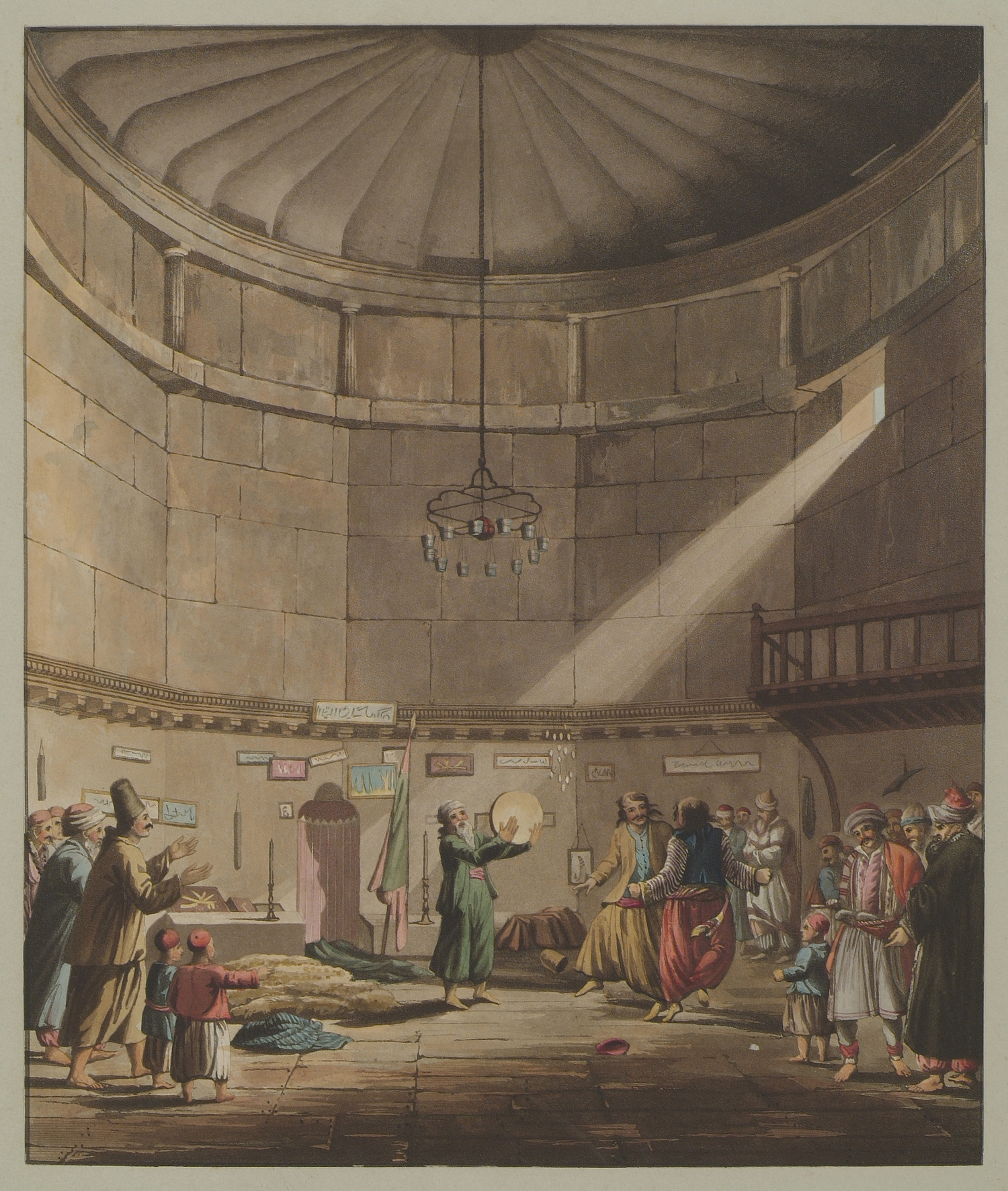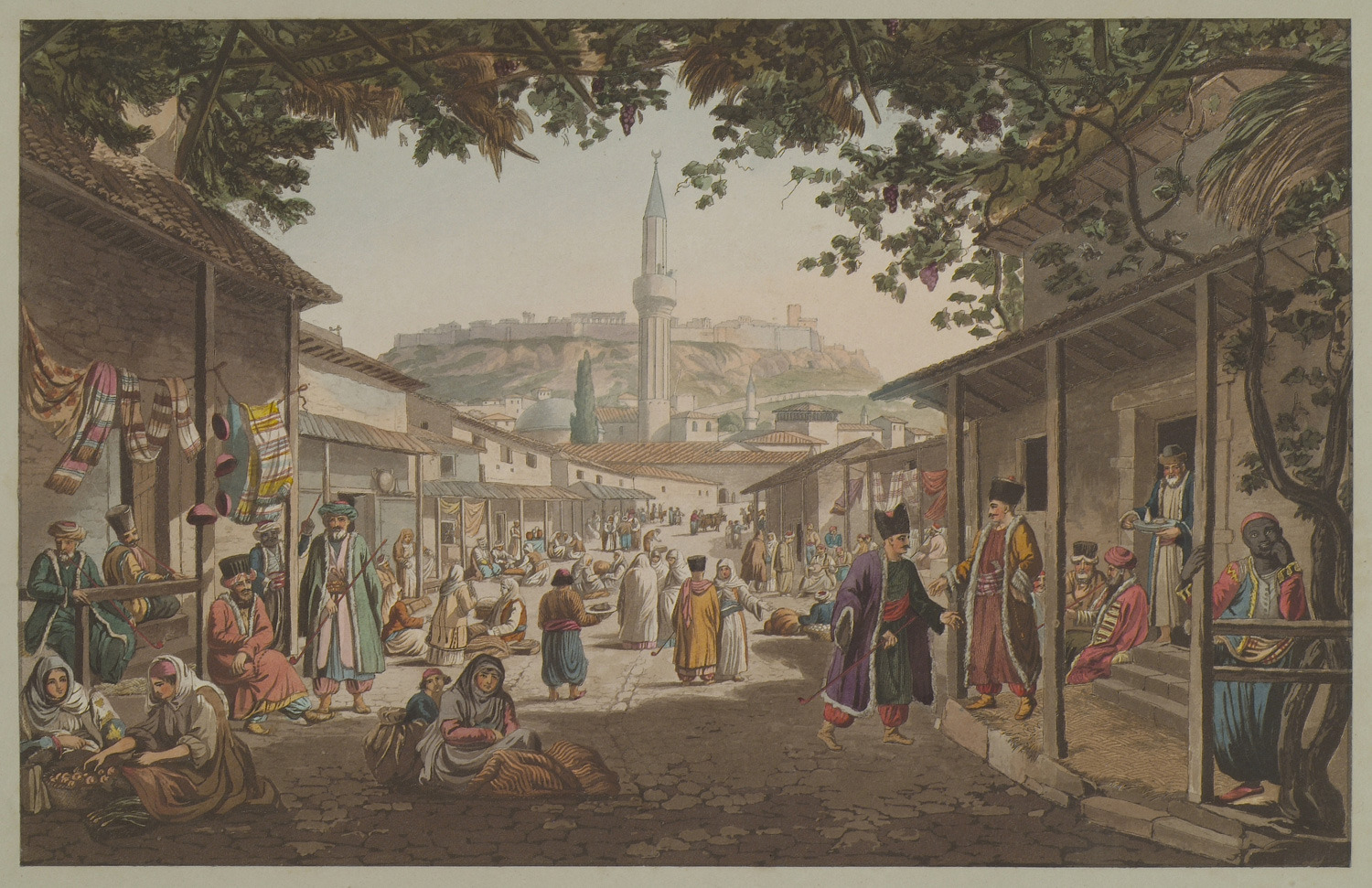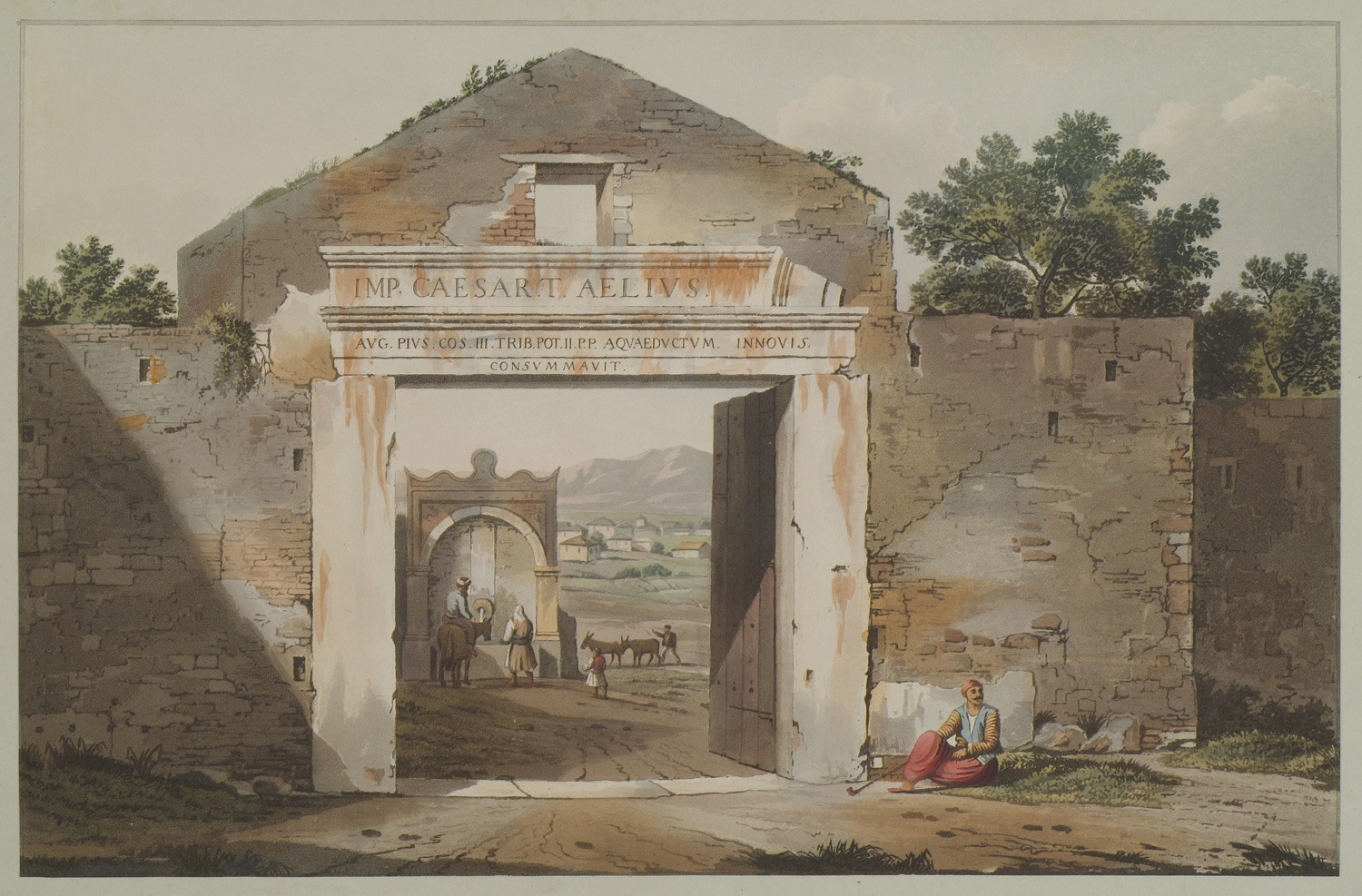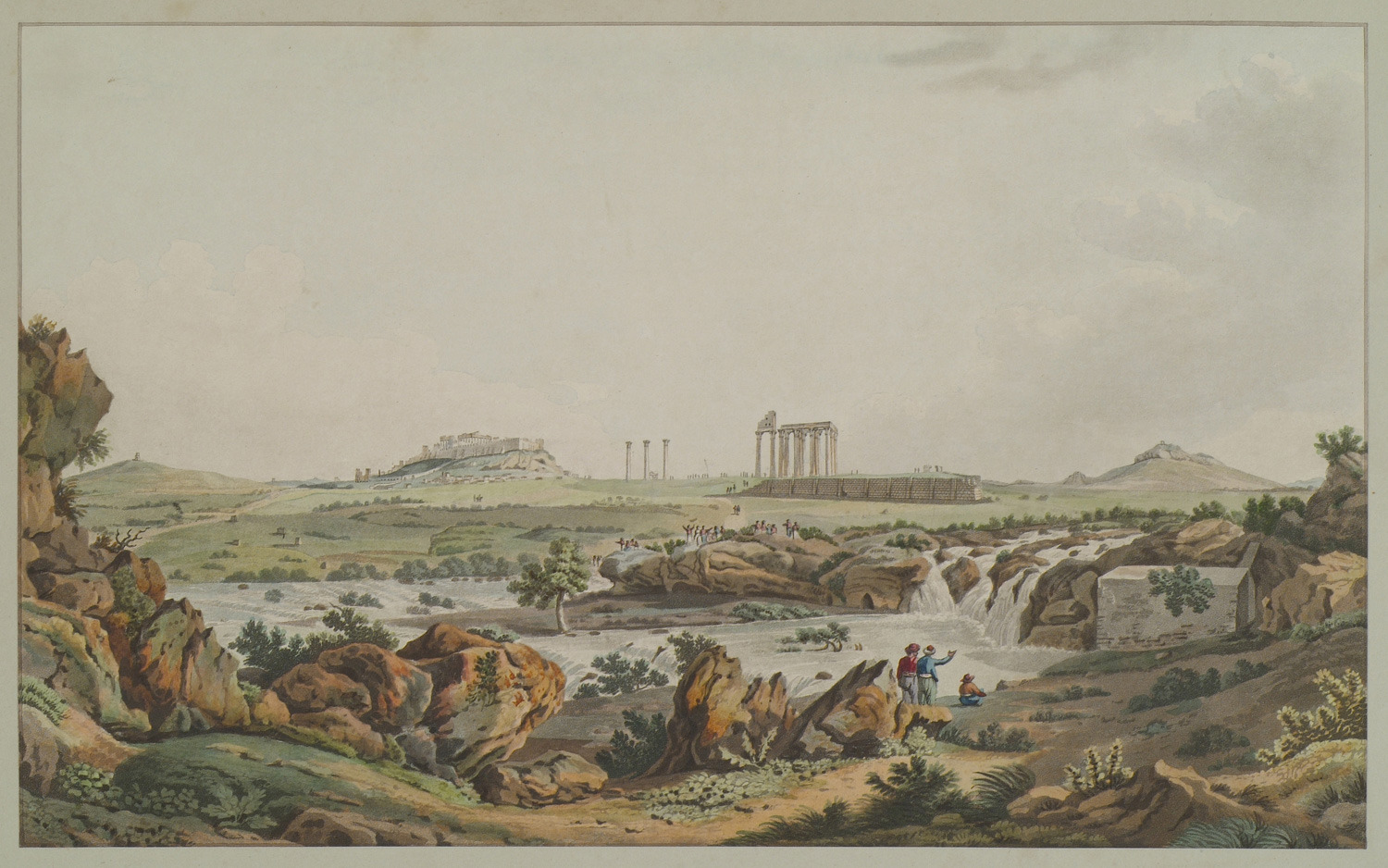Greece (7341 Subjects)
Map of Karpathos island.
Map of Rhodes island.
Map of Santorini and Thirasia islands.
Map of Milos island.
Map of Naxos island.
Map of Chios island.
Map of Lesbos island.
Map of Lemnos island.
Map of Euboea.
Woman from Symi island. Woman from Pera, Istanbul.
Albanians.
Women from Chios, Samos and Lesbos.
Women from Andros.
Woman from Syros. Woman from Cyprus.
Woman from Naxos. Woman from the island of Marmara.
Woman from Kimolos. Woman from Chios.
Panoramic view of Ithaca with the port and town of Vathy.
Dinner at Crisso, in the house of the bishop of Salona.
The Kastalian spring, Delphi.
Parnassus mountain.
The site of the acropolis of Orchomenos in Boeotia, on Cephisus river, from the south. Arvanite women occupied in agricultural tasks.
The Catabothra (underground water cave) of Lake Copais, Boeotia.
View of the Parthenon from the Propylaea. Seated on the ground is Disdar Aga,the governor of the fortress of Acropolis. He has just been surprised by another member of the guard as he was sipping a glass of wine which he took from the travellers.
The west front of the Parthenon and the Erechtheion, from the Propylaea.
The Erechtheion from the southwest. In the distance, on the left, a group of Turkish musician who customarily performed on the Acropolis every day at three o'clock in the afternoon.
Gathering of devout Muslims at the Tower of the Winds in Athens, which was used as a tekije (dervish lodge). Sixteen ostrich eggs hang from the ceiling to avert the evil eye. A depiction of the first stage of the whirling dervishes' ritual: the faithful praise God and Prophet Muhammad.
The dance of the dervishes at the Tower of the Winds in Athens, which was used as a tekije (dervish lodge). Sixteen ostrich eggs hang from the ceiling to avert the evil eye. A depiction of the final stage of the whirling dervishes' ritual: The two main dancers whirl while holding each other by the sash. In green, wearing a white turban, the Sheich or head of the Dervishes, who animates the dancers with his voice and by playing the tambour.
The bazaar of Athens. On the forefront, on the right, an emancipated African slave. On the doorway, the owner of the coffeehouse who is brigning a tray with coffee to the Ottoman governor Disdar Aga. Disdar Aga is sitting on the stairs, dressed in red, and next to him sits another Turkish aga. Standing at the entrance of the coffeehouse, the Greek voivode (governor) of Salamis island, who is conversing a Greek Baratario (protegé of a foreign power). At the centre of the picture, three Turkish women covered with long white veils. According to Edward Dodwell's description, the rest of the women depicted are Arvanite. Standing, on the right, a devout Muslim in green costume, an indication that he has made the pigrimage to Mecca.
The Gate of Mesogeia or Gate of Boubounistra, which was situated at the present-day junction of Amalias avenue with Othonos street. In the background, the fountain of Boubounistra.
View of the temple of Olympian Zeus and Ilissus river.




